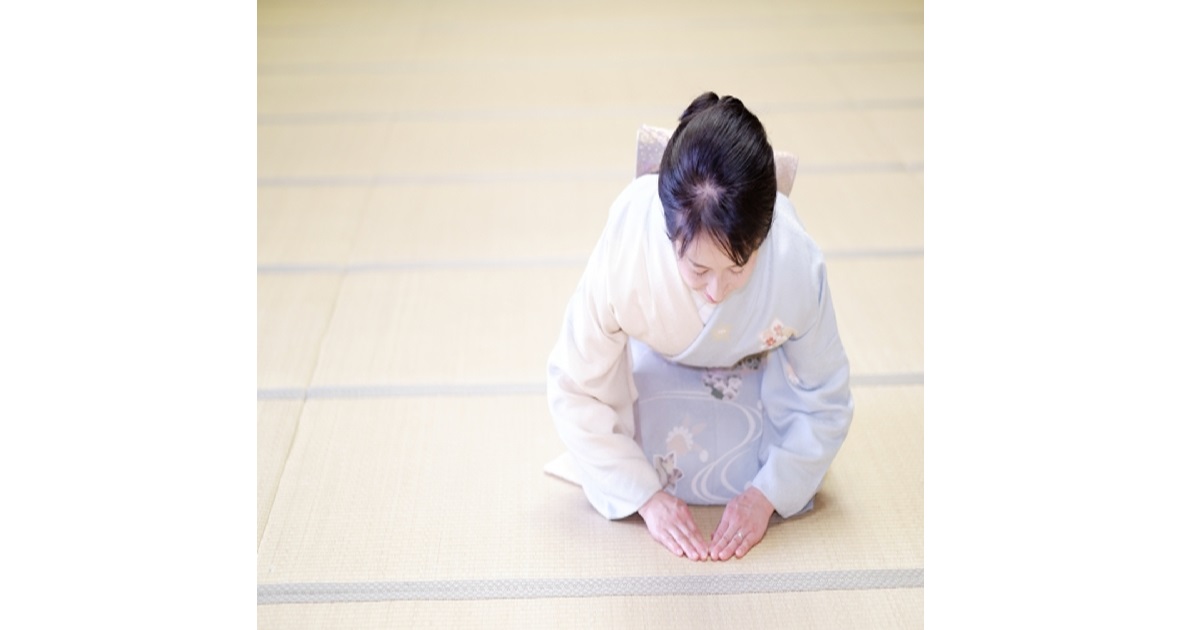You arrive in Japan, and you see it everywhere.
The convenience store clerk.
The train conductor.
The people you meet for business.
They bow.
A simple dip of the head and shoulders.
It seems so simple, yet it feels so foreign.
And it brings up a lot of questions for travelers.
Do I have to bow back?
How low should I go?
What if I do it wrong?
Will I offend someone?
I get it.
As a Japanese person, bowing is as natural as breathing.
But I know for visitors, it can be a source of anxiety.
So today, let’s demystify the art of the Japanese bow.
My goal is to make you feel comfortable, not stressed.
More Than a Nod: Understanding the Deep Meaning of Bowing
The Core Idea: It’s All About Respect
First, forget about memorizing exact angles.
That’s for Japanese schoolchildren and new company employees.
The most important thing to understand is the “why.”
In Western cultures, a handshake is a sign of trust and equality.
In Japan, a bow is an expression of respect, gratitude, and humility.
By lowering your head, you are symbolically placing yourself in a lower position than the person you are bowing to.
You are showing them deference and acknowledging their importance.
It’s a beautiful, non-verbal way of communicating your respect for another person.
The Three Basic Bows (The Simple Version)
Okay, while you don’t need a protractor, it helps to know the three basic levels of bowing.
Think of them as “small,” “medium,” and “large.”
1. The “Nod” Bow (Eshaku)
This is a small, casual bow of about 15 degrees.
It’s more of a nod.
When to use it: When you pass by someone you know, when a store clerk welcomes you, or as a casual “thank you” or “sorry” for something minor, like bumping into someone.
2. The “Respect” Bow (Keirei)
This is the most common, standard bow of about 30 degrees.
It’s a clear sign of respect.
When to use it: When meeting someone for the first time, thanking someone sincerely, or in most business situations.
3. The “Deep Respect / Apology” Bow (Saikeirei)
This is a deep, formal bow of 45 degrees or more.
It conveys very deep respect, gratitude, or a sincere apology.
As a tourist, you will probably never need to use this bow.
It’s reserved for very formal situations or serious apologies.
My Advice for Travelers: Just Try!
Here is the most important piece of advice I can give you: Don’t be afraid to bow!
Japanese people do not expect foreigners to understand all the nuances of bowing.
No one will get angry if you do it “wrong.”
In fact, it’s the opposite.
When a foreigner makes an effort to bow, we Japanese people see it as a wonderful sign of respect for our culture.
It makes us happy.
A simple nod or a medium “respect” bow is almost always appreciated.
Experience True Japanese Etiquette
Learning about bowing is one thing, but experiencing it as part of a deeper cultural tradition is another.
The true art of Japanese etiquette and respect is on full display in activities like a traditional tea ceremony or a kimono wearing experience.
Here, you can see how bowing is integrated into every movement.
It’s a beautiful way to connect with the heart of Japanese culture.
You can easily find and book these kinds of cultural experiences on Klook.
It’s a fantastic way to put your new knowledge into practice!
My Final Word: It’s a Gesture from the Heart
Don’t overthink it.
Don’t worry about the angles.
Just remember that a bow in Japan is a gesture that comes from a place of respect.
If you act with a respectful heart, your bow will be perfect, no matter what it looks like.
You Might Also Like
The way Japanese people bow is all about non-verbal communication.
Another fascinating part of this is the concept of “Honne and Tatemae,” the two “faces” of a Japanese person.
Honne & Tatemae: Cracking the Code of the Two Japanese “Faces”




